“Agra to Noida, just one and a half hours. Noida to the airport, two more. In 1972, the whole Agra-Delhi trip took four to five hours. Forty years later, with expressways, toll booths, and navigation apps, it still takes... four to five hours.”
Mr Khanna, red-eyed from smog and rage, narrated this tragedy while stepping out of his taxi. He kicked a dog for good measure, yelled at the security guard, and scolded his secretary for forgetting the file. The only thing moving faster than traffic was his blood pressure.
Welcome to India’s great urban miracle, where time stands still, fumes rise high, and patience evaporates like fuel in summer. Our cities, once engines of ambition, now cough and sputter like an overworked scooter.
Kolkata, as of 2025, proudly ranks as the world’s most traffic-choked city. The average commuter there spends 110 hours a year staring at taillights. Bengaluru comes second, where moving 10 kilometres during peak hours is less travel and more pilgrimage.
Delhi, Mumbai, and Jaipur follow closely, proving that India’s unity in diversity extends to gridlock, too. In Agra, locals blame the Metro construction; others blame the tourists; the tourists blame Google Maps.
In Delhi-NCR, average speed during rush hour has fallen to 24.5 kilometres per hour, slower than a schoolboy on a bicycle shortcut. Mumbai’s traffic index has crossed 257, meaning even the potholes are exhausted.
A single half-hour jam in Delhi wastes around 100,000 man-hours. Scale that up nationwide, and we lose about three per cent of GDP, or roughly ₹65,000 crore, every year. In simpler terms, that’s a few hundred Metro projects, or one decent pothole repair plan.
In 2018, Bengaluru lost about seven lakh hours to traffic; today, that’s roughly the waiting time for your Zomato delivery in peak hour. We’ve managed to convert horsepower into hopeless power. Along with time, the traffic takes your lungs too. Delhi’s PM2.5 levels are ten times worse than the WHO limits, proof that inhaling has become a high-risk hobby.
Twenty of the world’s thirty dirtiest cities belong to India, which at least makes us world leaders in something. Mumbai’s AQI crosses 300 with predictable regularity, while Chennai’s once-fresh breeze now comes with a hint of diesel. Winter brings that familiar North Indian festival, ‘Smog Raat’, when we light candles indoors because we can’t see outdoors.
India’s roads remain the most democratic spaces; we all have an equal chance of dying on them. In 2024, 1.8 lakh people lost their lives in road accidents; that’s about 500 deaths a day. Delhi had 1,457 of them, Bengaluru 915.
Lanes? Optional. Signals? Decorative. Speed limits? Suggestive. With everyone in a hurry and nowhere to go on time, our roads double as racetracks and graveyards. Traffic doesn’t just crush cars, it crushes souls. Sixty-two per cent of drivers admit to sudden fits of rage. The rest are lying.
In cities like Jaipur, Agra, and Lucknow, migraines, sleeplessness, and anxiety are now part of the morning commute. The endless horns and fumes have given birth to what experts call ‘silent stress’. There’s nothing silent about it, of course, just louder honking.
Unplanned urbanisation, reckless infrastructure, and a blind love for private vehicles have brought us here. Eighty-six per cent of India’s vehicles are private, leaving public transport gasping like an old Ambassador.
Cycle lanes have vanished, and footpaths have turned into parking lots. The cities were built for cars, not for people. The result: cars don’t move, and people can’t breathe.
Hope’s traffic light still flickers faintly. Congestion pricing, electric buses, AI-based signals, and safer cycle lanes could help. But that requires political courage, and perhaps a few leaders spending an hour in Gurgaon traffic.
India’s cities are slowing down, one honk at a time. Millions waste hours, air, and sanity every day. This isn’t just traffic, it’s time theft with a pollution bonus. And until something changes, progress in India will keep arriving fashionably late.

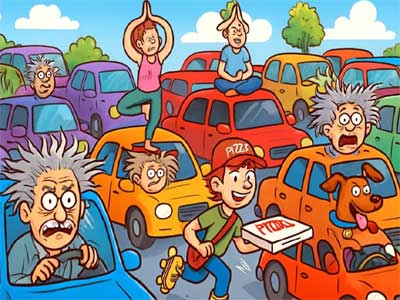







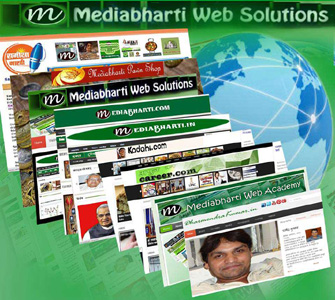
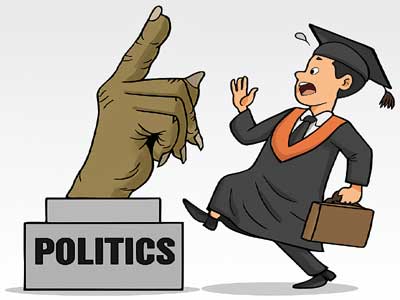


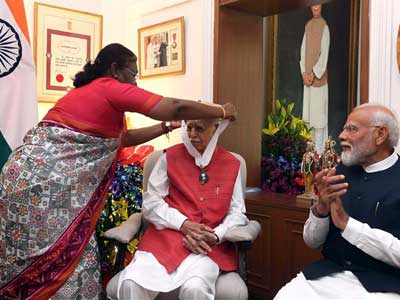
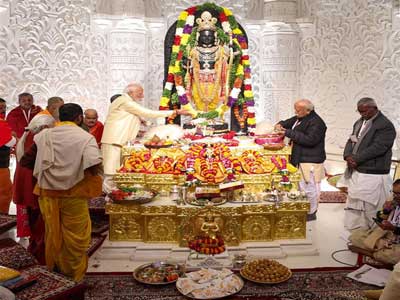


Related Items
India’s deep dark fraud economy unveiled…
Bangladesh’s Radicals vs India’s Liberals, A dangerous imbalance…
How adulteration is slowly killing India…!